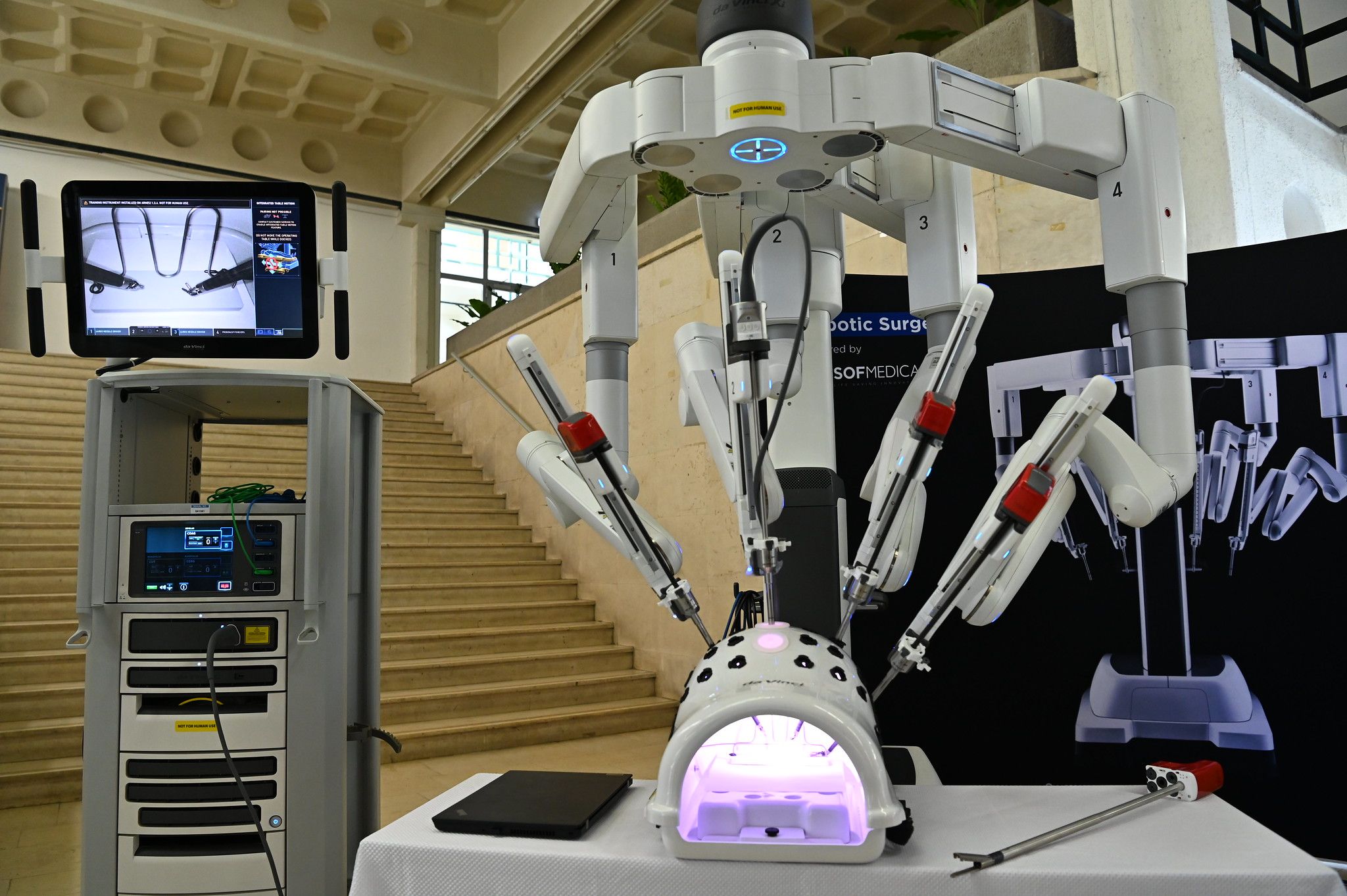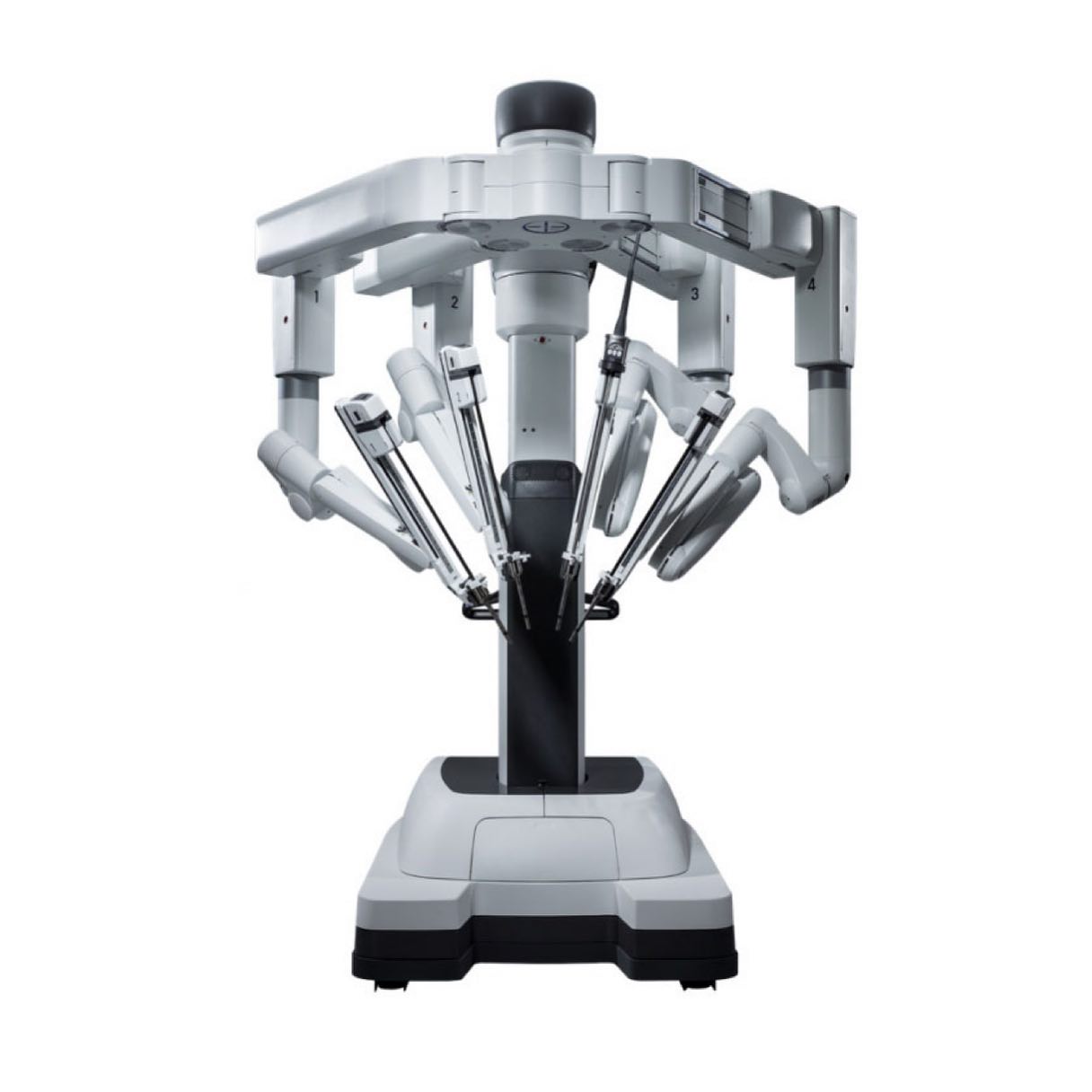
In the near future, it will be possible to diagnose diabetes in early pregnancy with almost 100 percent accuracy.Continue reading

The Wáberer Medical Center is the first private institution to offer the robot-assisted surgical technique, in which the operating doctor controls the device with both hands and feet and can make incredibly precise movements. It will be used first in urological surgery, then in gynecology and general surgery, reports Világgazdaság.
“With this robot, operating is like jumping into the patient’s belly and seeing what the problem is from there,” noted urologist Prof. Dr. Péter Tenke, briefly describing the difference between the new technology and previous surgical procedures. At a press conference to present the machine,
the incredible precision of the robot was demonstrated by peeling and sewing together a grape.
The many advantages of robot-assisted surgery include that the four robotic arms far exceed the range of motion of the human hand. Furthermore, the surgeon can see the organ he is working on in three dimensions, and the software continuously analyzes the movements of the surgeon’s hand, and able to detect unsteady movements, including hand tremors, making the operation safer.
Dr. Tenke stressed that robot-assisted surgery minimizes the possibility of infection, eliminates potential complications, and reduces blood loss. The doctor, who also works at the Wáberer Medical Center, pointed out that the recovery and hospital stay of patients is also significantly shorter.
Surgical robots have been used worldwide since 2000, with around 7,500 robots assisting 60,000 skilled surgeons who have performed 12 million successful procedures with the Da Vinci device.
Today, a robotic surgery is performed every nineteen seconds in the world.
At the press conference, entrepreneur György Wáberer said that as soon as they had the opportunity to invest in the HUF 1 billion (EUR 2.6 milion) Da Vinci device, they did not hesitate, and they are the first private healthcare providers in Hungary to offer this machine to their doctors. Although, at first sight, the investment seems huge, experience abroad shows that in the long run it is more cost-effective than traditional surgical procedures.

The Da Vinci device. Photo via Facebook/Da Vinci XI Surgical System
Robotic technology also helps to reduce the load on doctors, the number of staff needed to perform a surgery, and shorten the time needed for a procedure. In addition, patients spend much less time in the hospital after robot-assisted surgery, putting less strain on nurses and hospital infrastructure.
In the case of patients who have undergone surgery for prostate cancer, it can be seen that the patient is able to leave the hospital after five days without a catheter,
whereas in the past, after exploratory surgery, the healing process could take up to three weeks, which is physically and mentally demanding. After a hysterectomy, the patient can go home the next day, or even on the day of the surgery.
Today, thirty-five trained surgeons can perform robot-assisted operations in Hungary. They have completed an online course launched by the manufacturer, then passed rigorous exams and simulation exercises like those for pilots.
Robot-assisted procedures are available at Wáberer Medical Center for between two and HUF 3 million (EUR 7,688). For comparison, in Germany these prices range from EUR 12-14,000, and in Romania from EUR 9-10,000.
Via Világgazdaság, Featured image via Facebook/Miskolci Egyetem (University of Miskolc)